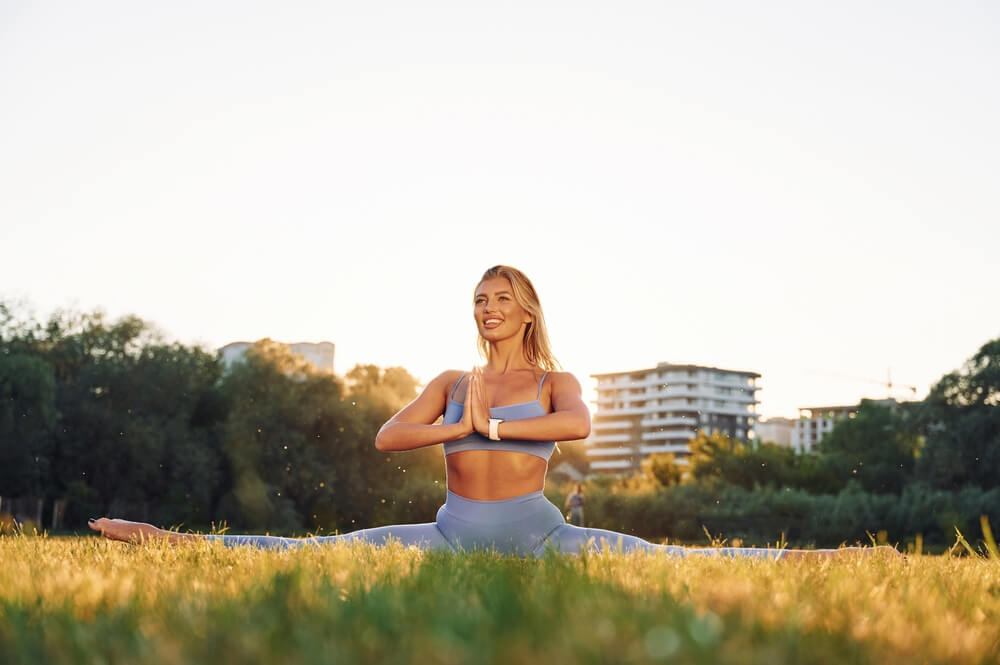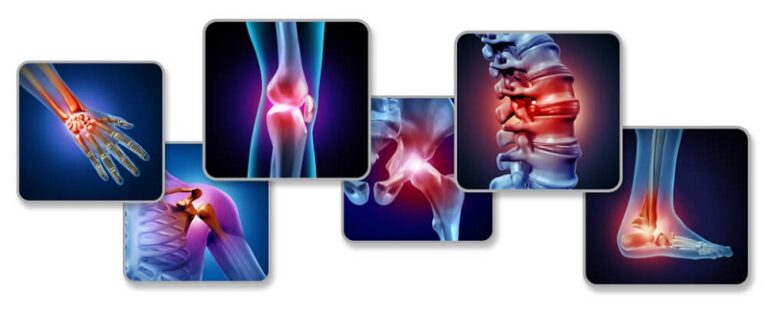should you stretch before or after a workout
Stretch after workout over a wider range of motion will aid you with daily activities and will speed up recovery time and reduce muscle discomfort that might result from lifting weights or running long distances.
While most people would benefit after to accelerate muscle recovery, some people will benefit before their workouts for flexibility and range of motion. Depending on your preferences and what you are doing for your workout, you should stretch at different times.
In Bodybuilding, stretch after workout is recommended to lessen muscular discomfort and hasten the healing process. Instead of static hold stretches before weightlifting, we advise completing sport-specific warm-ups. For instance, bodyweight squats are more advantageous while completing lower body exercises like squats.
The reason is to is to make our muscle fibers shorter. Therefore, doing a static stretch disrupts the process and increases the risk of injuries like strained muscles. Stretch after workout will improve circulation, hasten your recovery, and lessen potential future muscle discomfort.
stretching after workout benefits
Stretch after workout is an essential component of playing or practicing a sport for both serious and less serious athletes. Stretching lengthens your soft tissues, such as muscles and ligaments, by reducing stiffness, increasing your range of motion and flexibility. Additionally, it can lessen your risk of injury, help with post-exercise discomfort, and help you perform better in your sport. (1)
Stretch after workout helps to increase blood flow, which aids in providing your muscles with extra nutrients and oxygen after exercise. And also helps you stand more upright by relaxing your back and neck.

Types Of Stretching
Stretching can be divided into two categories: static stretches and dynamic stretches. Static stretches are those in which you remain standing, sitting, or lying still for up to 45 seconds at a time. Controlled motions known as dynamic stretches are used to get your muscles, ligaments, and other soft tissues ready for action and safety. Both of these should be used at various points throughout your workout because they serve different objectives. (2)
Static Stretching
You must move a muscle as far as it will go without hurting, then hold that position for 20 to 45 seconds. Static stretches should be performed twice to three times each. It is quite efficient to improve flexibility in this way. To help prevent injury, do static stretches in your cool-down routine. Your risk of injury can be decreased by using static stretching as part of your maintenance stretching routine. However, performing static stretches as part of your warm-up before an athletic competition may actually hinder your performance. The reason for this is that static stretching could make it harder for your body to respond rapidly. When engaging in sports like vertical jumps or sprinting for a short distance.
Some of the examples of static stretch are posterior capsule stretch, hamstring Stretch and quadriceps stretch.
Dynamic Stretching
This type of stretching enhances acceleration, speed, and agility. During the stretch, you actively contract your muscles and rotate your joints through their complete range of motion. These practical and athletic movements aid in raising muscle warmth and lowering stiffness. Before each athletic event, whether it be competitive or not, you should warm up with dynamic stretches. Approximately 5 to 10 minutes of low- to moderate-intensity cycling, jogging, or swimming should be included in a full sports warm-up.
Some examples of dynamic stretching would be torso twist, walking lunge and leg swing.
How long should you wait to stretch after a workout?
Stretching and foam rolling should be done within an hour of working exercise. Although it’s ideal to stretch right after your exercise, if you have to drive home right away, I advise doing a few stretches first. The majority of your stretches should be done once you are at your destination.
Which stretching is best after workout?
- Hamstring Stretch.
- Arm & Wrist Stretch.
- Child’s Pose.
- Side Stretch.
- Seated Spinal Twist.
- Butterfly.
- Hip Flexor Lunge.
- Side Lunge Stretch.
In the end, the best time to stretch is after a workout, although there are advantages to stretching before a workout if done correctly. Stretch after workout achieves both of those goals while also improving blood flow, which aids in muscle recovery from either an intense or light activity. Stretching before a workout can make your muscles looser and warm up the body. After exercise is the ideal time to stretch. Your muscles will stay fluid and avoid becoming tense during exercise, which might cause soreness afterward.
The other concept is that stretching before working out causes the muscles to become too lax and weaker for the activity, but this isn’t always true as long as you execute the right kinds of stretches and don’t pull or rip anything while you’re doing them.
full body stretch after workout
Other Topics You Might Be Interested In:






